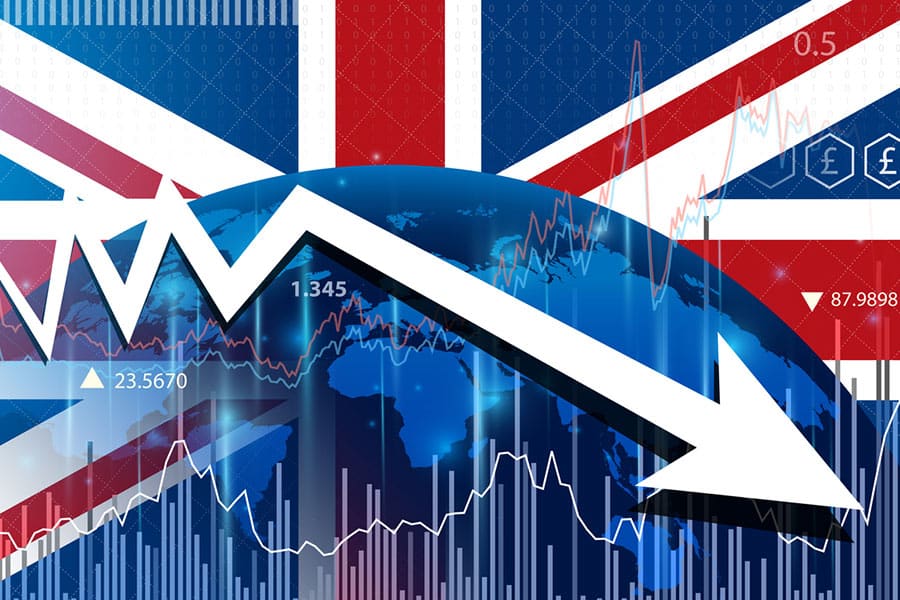While we’ve all been looking in one direction, at inflation, few have looked at the other coming problem, that of deflation. This reversal is one of the reasons for higher interest rates, not inflation, but deflation.
So, how does increasing interest rates create deflation?
To put things as simple as possible, which is never easy, to be able to combat deflation interest rates need to be high enough to drop, zero rates allow no room to lower rates, other than negative interest rates.
So, as governments printed money at record levels you had a lot of cash chasing too few goods, as the global supply chain collapsed. Companies’ inventories are now much improved, however the higher interest rates, energy costs and taxation, have reduced liquidity.
This has led to inflation and oil price falling, leading to reductions of oil production to hold up the price.
Consumers have other things to spend their money on, mainly energy, food, and taxation. This has led to a terrible Christmas for retailers and car dealers. When you add falling house prices to this mix, you start to see deflation on the way.
A recession is already here and as prices fall in January by record amounts as companies look to get rid of excess inventory, you should see inflation go in to reverse.
To combat this the central banks can lower interest rates from their highs and print yet more currency to increase liquidity.
The question will be of course, can they balance this out or will we hit deflation hard?
When interest rates go back down to zero and governments print more debt, will the consumer trust them and start spending again? I doubt that they will.
The banks’ ability to control this situation left them in 2008, and once deflation comes, they will put the printing presses hard to work and we will be back with very high inflation again.
The solution is a stable global currency, and the only thing we know that works is Gold.


